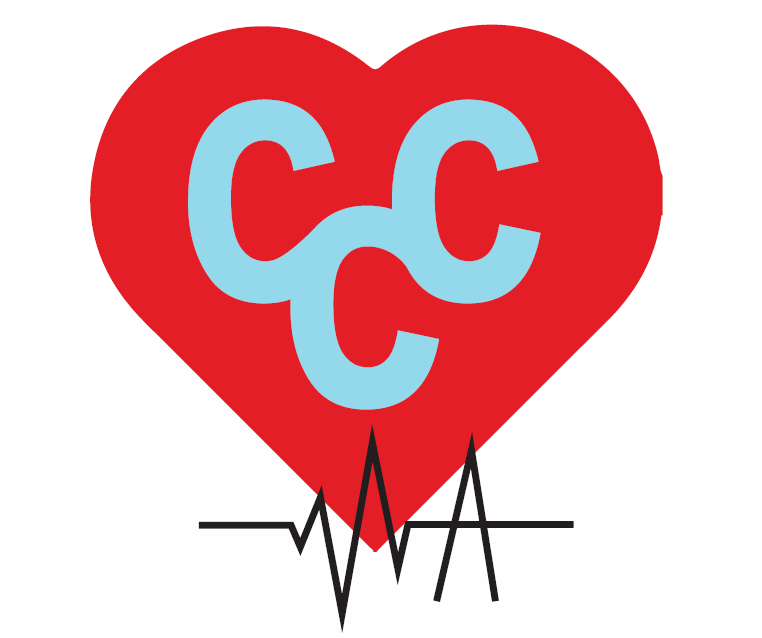Vascular Ultrasound
Our mission is to improve the health and well-being of our Bay Area residents through integrated and compassionate patient care, education and research.
Welcome new doctors
Upgraded new patient portages
Redesigned website
Vascular Ultrasound
Vascular Ultrasound
An ultrasound test creates an image of the inside of the body by emitting high frequency sound waves and receiving the echoes as they bounce off internal structures. Ultrasounds are used commonly on many parts of the body and are frequently used by cardiologists to visualize blood flow throughout the body.
Arterial Ultrasound
An arterial ultrasound visualizes the blood vessels that conduct blood away from the heart, usually in the arms or legs. The images allow physicians to identify specific areas with plaque build-up, blockages, and aneurysms. You should plan on 30-45 minutes for this test.
Carotid Ultrasound
A carotid ultrasound creates an image of the inside walls of the carotid artery. Physicians use this test to detect narrowing of arteries or blockages that may hinder blood flow from your heart to your brain. You should plan on 30-45 minutes for this test.
Venous Ultrasound
A venous ultrasound is designed to detect blood clots or abnormalities within the veins of the arms or legs. The technique allows the physician to locate a blood clot quickly, with little or no discomfort. You should plan on 30-45 minutes for this test.
Patient preparation
No special preparation is necessary for ultrasound testing. However, you may wish to shower or bathe, and refrain from using lotion prior to your appointment, to improve skin contact with the device.
What to expect?
The technician, or sonographer, will use a small amount of water-based gel that allows the transducer to glide smoothly on your skin. The gel creates a cool sensation on your skin and the transducer’s movement creates light pressure, but you should feel no discomfort during the test.
Risks
There are no risks associated with ultrasound. The procedure involves no radiation and has no side effects. The gel is non-irritating.
Renal Doppler Ultrasound
A Renal Doppler Ultrasound visualizes the renal arteries that provide blood flow to the kidneys. Physicians use this test to detect narrowing of arteries that may hinder blood flow to your kidneys. You should plan on 1 hour for this test.
Patient preparation: Prior to the exam, do not eat or drink after midnight to minimize bowel gas. Do not chew gum or smoke the morning of the exam as this may increase bowel gas which could cause rescheduling of your exam due to limited visualization of the arteries. Please take morning medication with sips of water only.
Test Results
After your cardiologist reviews the test, he or she will discuss the test results with you and a report will be mailed to your primary care physician.

